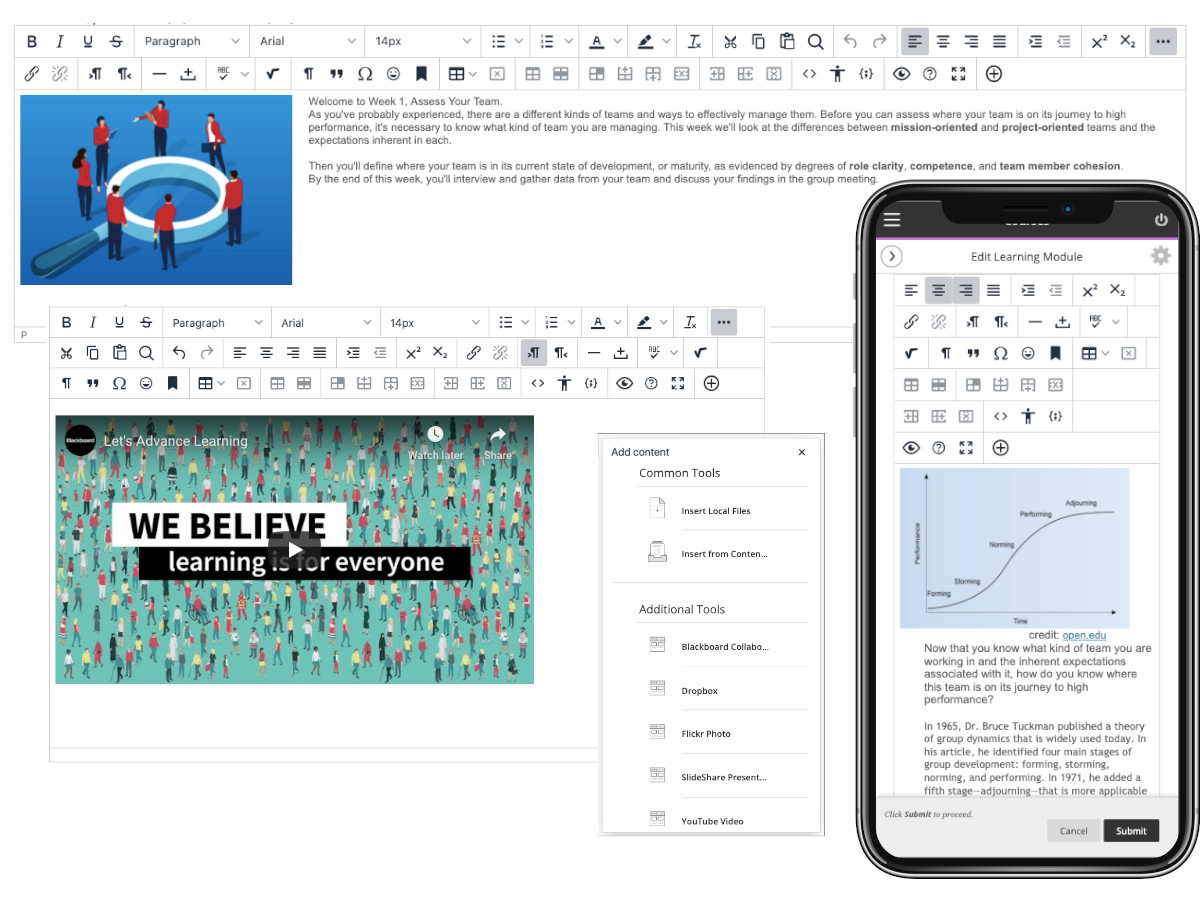
The second Academy Forum session this year focused on creating podcasts in Panopto. The discussion emphasised podcasts’ unique potential for facilitating a sense of connection. Usually based on informal monologues, interviews and discussions podcasts provide their users with opportunities to listen in to unconstructed reflections and conversations. As explained by Street (2014) audio storytelling creates a ‘partnership between imagination and memory’ triggering a unique and personal reaction to it (as cited in McHugh, 2014, p.143). Podcasts can provide us with company; unlike with videos or written texts, we can listen to them during other daily activities.
These unique properties of podcasts hold great potential for its use in education. University of Cambridge created a collection of short podcasts from various subject areas. Podcasts are also used by individual educators, Ian Wilson, a Senior Lecturer in Education at York St John University Ian Wilson created a series of podcasts aimed at supporting learners on placements. His podcast focused on providing students with instructions on what the students should be doing the following week, answering any of their questions and providing some motivational advice. Although podcasting may not necessarily be the best solution for delivering the key learning material, as discussed during the Academy Forum session, it can complement your current teaching practice by fostering reflection, increasing learner’s engagement and foster a sense of community.
Read More

 As lecturer in learning and teaching responsible for the PGCTHE, I keep an eye out for new resources to help our staff teach effectively online. This includes externally-provided webinars, toolkits, publications and other resources. Because active learning is high on our university agenda, I’m particularly keen to share guidance for moving active learning online. Below I’ve listed items that came to my attention in the past week. In the interest of clarity, our policy is to show the titles and descriptions in the language of delivery.
As lecturer in learning and teaching responsible for the PGCTHE, I keep an eye out for new resources to help our staff teach effectively online. This includes externally-provided webinars, toolkits, publications and other resources. Because active learning is high on our university agenda, I’m particularly keen to share guidance for moving active learning online. Below I’ve listed items that came to my attention in the past week. In the interest of clarity, our policy is to show the titles and descriptions in the language of delivery. 


